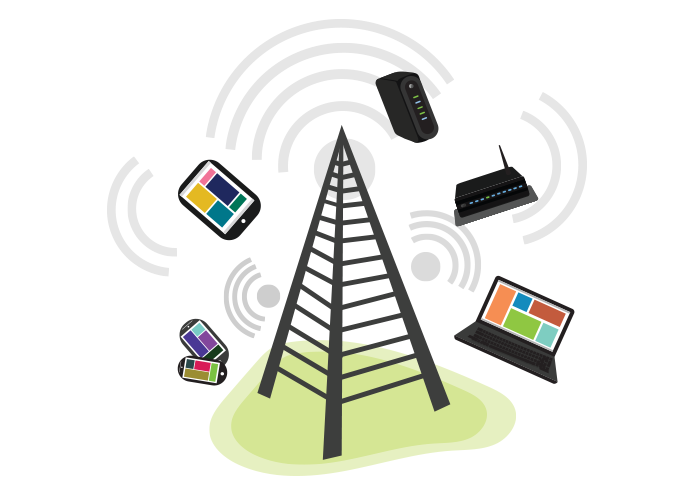
There are several ways to establish a Wi-Fi connection when you are away from home. This is useful when traveling or working remotely.
Public Wi-Fi
You can find public Wi-Fi networks almost anywhere which is convenient, but public Wi-Fi is very risky. Anything you do while connected to a public Wi-Fi network can potentially fall into the hands of scammers and cybercriminals. Even if the network is secure, and you need a password to connect you are still at risk. Criminals can connect to the same network.
When a criminal has access to a network, they can infect your computer with malware, perform man-in-the-middle attacks and other malicious activities designed to steal personal information. And criminals don’t just connect to legitimate networks to do this, they also setup their own networks/hotspots and if you connect to their network, they gain full control.
When you are at a location and want to connect to their public Wi-Fi be sure to ask an employee which network is theirs. They should provide you with a network name and login credentials. If the network is wide open and does not require a password to connect, don’t join. If you see two networks with the same name or a similar name, be suspicious. Hackers can mimic the name of any network tricking you into connecting to their network instead.
Use a VPN
Anyone connecting to a public Wi-Fi should be using a VPN (virtual private network) a VPN will make it more difficult for cybercriminals to access your private information. There are free and paid VPN’s. It is best to choose a highly rated, trusted paid provider. While VPN’s offer great protection, they should not be considered 100% safe. Look for a VPN that is updated regularly and offers advanced security features. A reputable VPN provider should clearly state than no one including them can see what a user is doing online. Speed is also a factor when choosing a VPN. Your connection is sent through a remote server and encrypted; this can impact your connection speed. Read their terms of service and privacy policy and choose carefully.
Use your Smartphone as a Hotspot
Using your smartphone as a personal hotspot allows you to connect your devices to your phone. Be aware that this uses your data plan. And always carry a charger as it will drain your battery more quickly. Secure your personal hotspot by choosing a strong password. Using your phone as a personal hotspot is much more secure than public Wi-Fi. Only devices you permit can connect.
Enable Personal Hotspot on an iPhone
Open the settings menu and then tap personal hotspot.
Toggle on “allow others to join”
You should see the name of the network and a password. Tap to change the password and assign a strong password.
Once enabled you will see the network in the list of available networks on your devices.
Enable Personal Hotspot on an Android
Open the settings menu and then tap connections.
Tap mobile hotspot and tethering. Toggle on “mobile hotspot”
Once mobile hotspot is turned on, tap configure and assign a strong password.
Once enabled you will see the network in the list of available networks on your devices.
The directions may differ depending on the type of smartphone you have and the OS that is installed.
Portable/Mobile Hotspot
A mobile hotspot is a small, portable mobile router. They use a cellular signal to connect to the internet through mobile networks that transmit cellular data. They allow you to setup your own private network so you can connect your laptop, tablet, computer and smartphone to the internet. They are much more secure than public Wi-Fi. Only devices you allow can connect. You can get one through your mobile provider, buy one yourself or rent one online. You pay a fee for the service which can be temporary or long term. The cost of the service depends on how much data you want, the speed of the connection and whether you already have a plan with the carrier.
